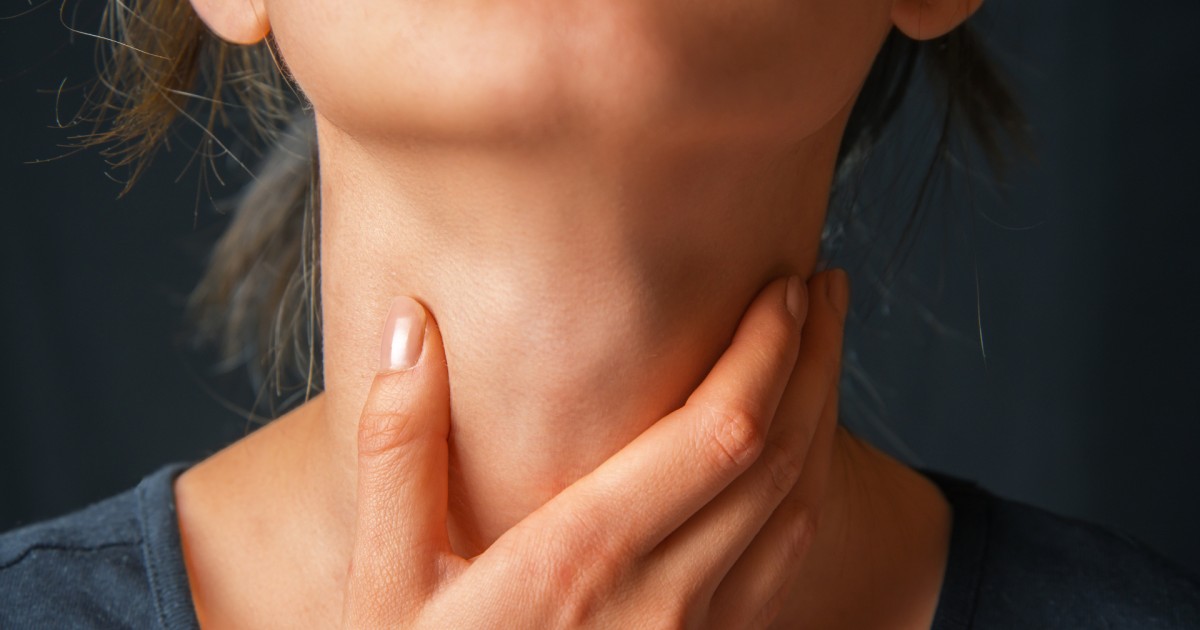Streptococcal pharyngitis, commonly known as strep throat, is a bacterial infection. Anyone can get strep throat and the infection is contagious. Fortunately, you can learn about strep throat symptoms with a search online right now.
The infection can be spread through sneezing, coughing or shaking hands. So, it makes sense that it occurs most often between late fall and early spring, when people are huddled indoors with poor ventilation.
The Basics
Within 5 days of exposure to the bacteria, the symptoms of this illness appear. It may have symptoms in common with a cold, but is generally more severe (though the severity can vary from person to person). It’s estimated that 15% to 40% of cases of sore throat in individuals of 5 to 15 years of age are caused by Streptococcus spp bacteria. Most cases of sore throat are actually due to viral infections, not bacterial ones.
If untreated, strep throat can cause serious complications, such as kidney inflammation or rheumatic fever. This is why it’s important to recognize the symptoms of this illness. Once diagnosed by your doctor, who will either do a rapid antigen test or swab your throat culture, you will most likely be put on oral antibiotics which quickly and easily treat the infection.
Of course, you may want to try to prevent getting the infection in the first place. You may prevent strep throat by washing your hands often, not sharing utensils and avoiding contact with infected individuals until they have healed.
Here are 8 symptoms of strep throat to look out for.
8. White spots on tonsils
If you have white spots on your throat or tonsils (which lie at the back of the throat), it could be strep throat. The white spots are a result of the immune system (specifically white blood cells) fighting the infection, producing white pus which will collect in as streaks or stripes on the tonsil or throat. This can be treated by antibiotics, but home remedies may also help to relieve this symptom. You can try drinking hot drinks with lemon water or gargling water with a bit of salt mixed in it.
7. Swollen lymph nodes in the neck
Your lymph nodes are an important part of your immune system, which is essentially the body’s defense against foreign entities. They are linked by lymphatic vessels, which transport white blood cells that attack infections.
When you’re sick with an infection such as strep throat, your body sends out the immune cells to get rid of the infection, which may cause the lymph nodes in your neck to swell or become inflamed. This can be painful, especially when swallowing, but will alleviate once the infection is treated. Remember, swollen lymph nodes occur in many illnesses, so you’ll have to pay attention to other symptoms in order to rule out strep throat.
6. Red spots on the roof of the mouth
Petechiae, or small red spots, can be found on the roof of the mouth (the hard or soft palate) when you have strep throat. These appear when capillaries (tiny blood vessels) bleed. With strep throat, this can be caused by bouts of vomiting. To get rid of petechiae, it’s recommended that you treat the underlying cause (i.e. strep throat).
5. Painful swallowing
Strep throat causes a red, sore throat; however, it’s not your typical sore throat. With strep throat, the sore throat is typically more severe and lasts longer. This makes swallowing very painful and because of this, some individuals with strep become dehydrated as they‘re reluctant to drink fluids. Besides treating strep with antibiotics to get rid of the sore throat, you can try lozenges to soothe the pain and pain relievers such as acetaminophen.
4. Rash
If you have a red rash which begins as flat red blotches that eventually becomes tiny bumps, this may be a sign of strep throat. This type of rash typically first appears on your neck, underarm and groin then spreads over the body.
When a rash occurs with strep throat, this is called scarlet fever. It is also caused by the group A strep bacteria, but it’s when there are toxins released by the bacteria that cause the red (or scarlet) rash that it becomes known as scarlet fever. Scarlet fever develops in less than 10% of cases of strep throat and the rash typically fades by the sixth day of infection by the bacteria.
3. Fever
A fever is an important mechanism that the body uses to get rid of infections. Most bacteria and viruses thrive at temperatures of 98.6°F. So, maintaining a body temperature higher than this helps to get rid of the invaders. Strep throat can cause a sudden, high fever of over 101°F. Other viral infections usually cause a lower fever. The fever caused by strep infections usually lasts more than three days, as well.
2. Nausea or vomiting
Nausea or vomiting can occur in those with strep throat. However, it’s more common to see these symptoms in children with strep throat than adults. This can contribute to a loss of appetite and dehydration.
It’s important to try to eat even though you may not want to and to remember to stay hydrated if you’re vomiting a lot. Although it can be painful to drink fluids with a sore throat, it can prevent something worse from happening.
1. Headaches and body aches
People with strep throat can develop headaches due to this throat infection. The pain is typically mild to moderate and can make it difficult for people to concentrate or remain alert during the day. Some people with strep throat may feel pain all over their body. Over-the-counter pain medication, such as acetaminophen, may be used to help alleviate this.
